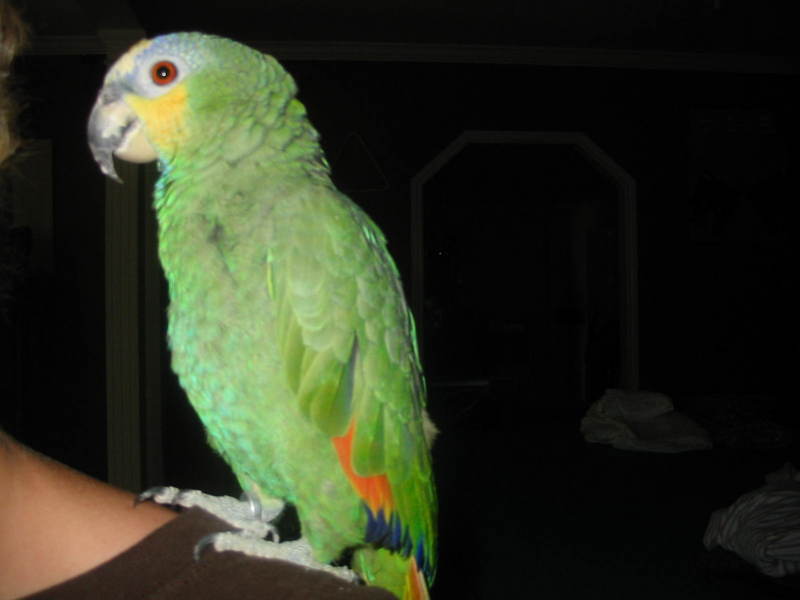|
| Query: bird | Result: 4654th of 32675 | |
This is my bird sam
| Subject: | This is my bird sam
| | Poster: | Taylor Spires (minicoopercrazy@hotmail.com)
| |

| Resolution: 1600x1200
File Size: 108408 Bytes
Date: 2002:06:10 22:45:26
Camera: Canon PowerShot A20 (Canon)
F number: f/2.9
Exposure: 1/60 sec
Focal Length: 173/32
Upload Date: 2006:04:24 06:51:32
|
This is my bird sam
This is my bird SAM. He is an orange whinged amazon parrot. he love to dance and he talks alot. He can laugh, caugh, and even bark like a dog. |
^o^
Animal Pictures Archive for smart phones
^o^
|
|

